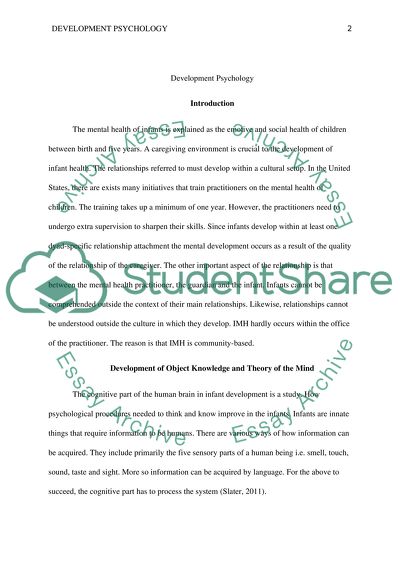Cite this document
(“Developmental Psychology Essay Example | Topics and Well Written Essays - 1500 words”, n.d.)
Developmental Psychology Essay Example | Topics and Well Written Essays - 1500 words. Retrieved from https://studentshare.org/psychology/1642604-developmental-psychology
Developmental Psychology Essay Example | Topics and Well Written Essays - 1500 words. Retrieved from https://studentshare.org/psychology/1642604-developmental-psychology
(Developmental Psychology Essay Example | Topics and Well Written Essays - 1500 Words)
Developmental Psychology Essay Example | Topics and Well Written Essays - 1500 Words. https://studentshare.org/psychology/1642604-developmental-psychology.
Developmental Psychology Essay Example | Topics and Well Written Essays - 1500 Words. https://studentshare.org/psychology/1642604-developmental-psychology.
“Developmental Psychology Essay Example | Topics and Well Written Essays - 1500 Words”, n.d. https://studentshare.org/psychology/1642604-developmental-psychology.


